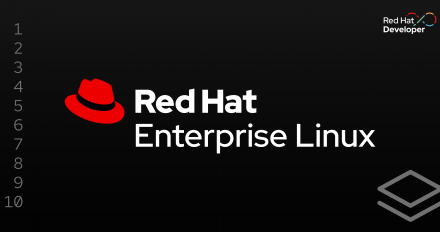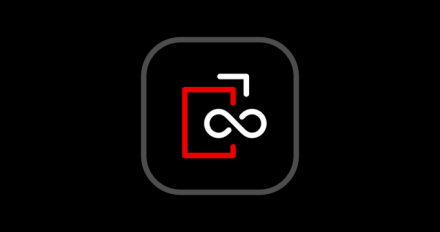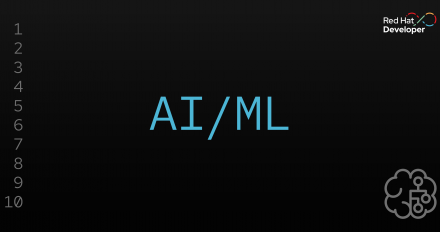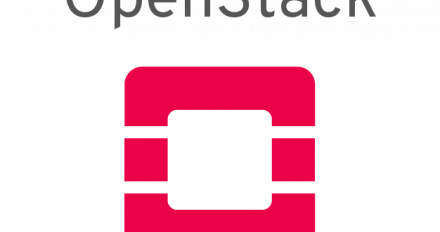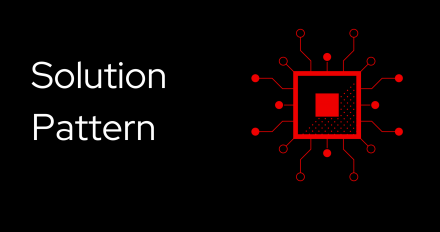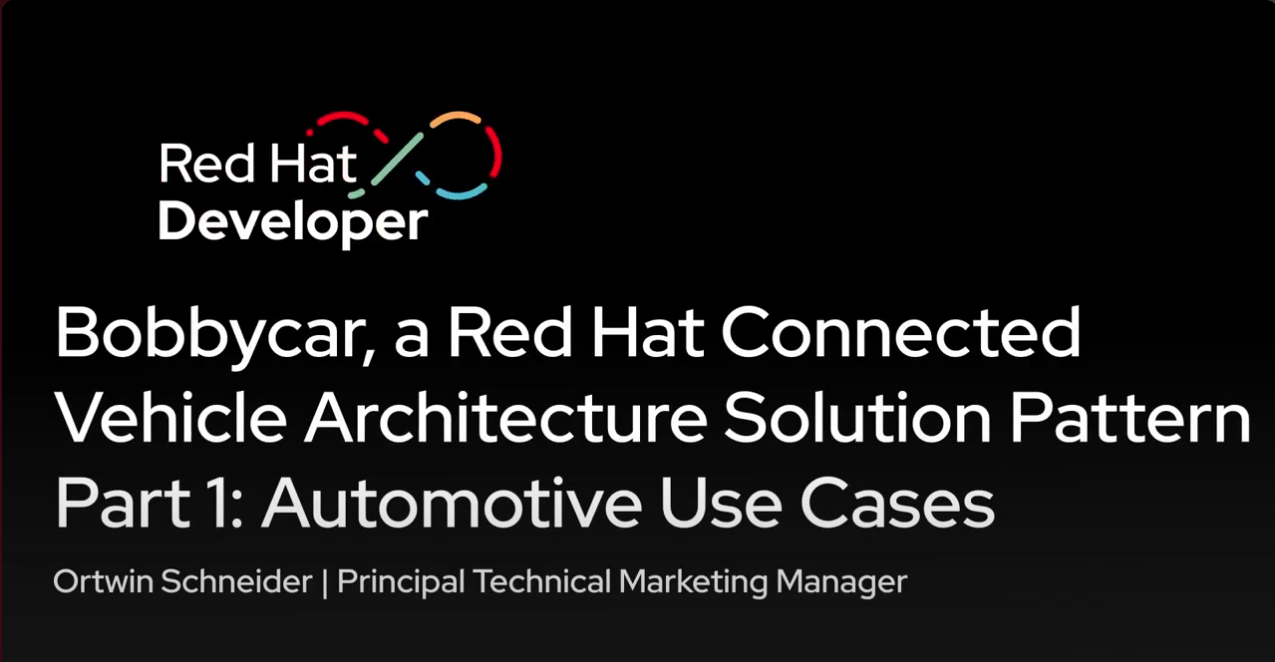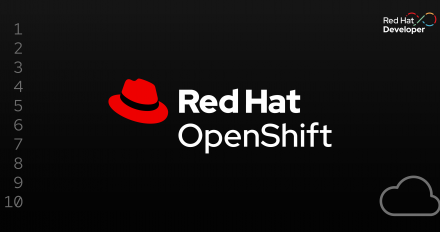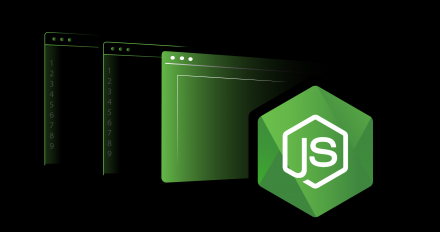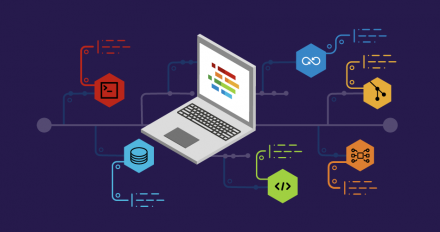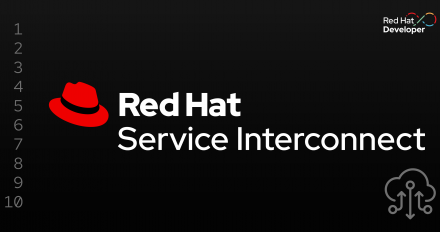This Red Hat solution pattern implements key aspects of a modern IoT/edge architecture in an exemplary manner. It uses Red Hat OpenShift Container Platform and various middleware components optimized for cloud-native use. This enterprise architecture can serve as a foundation for an IoT/edge hybrid cloud environment supporting various use cases like over-the-air (OTA) deployments, driver monitoring, AI/ML, and others. Bobbycar aims to showcase an end-to-end workflow, from connecting in-vehicle components to a cloud back-end, processing telemetry data in batch or as stream, and training AI/ML models, to deploying containers through a DevSecOps pipeline and by leveraging GitOps to the edge.
